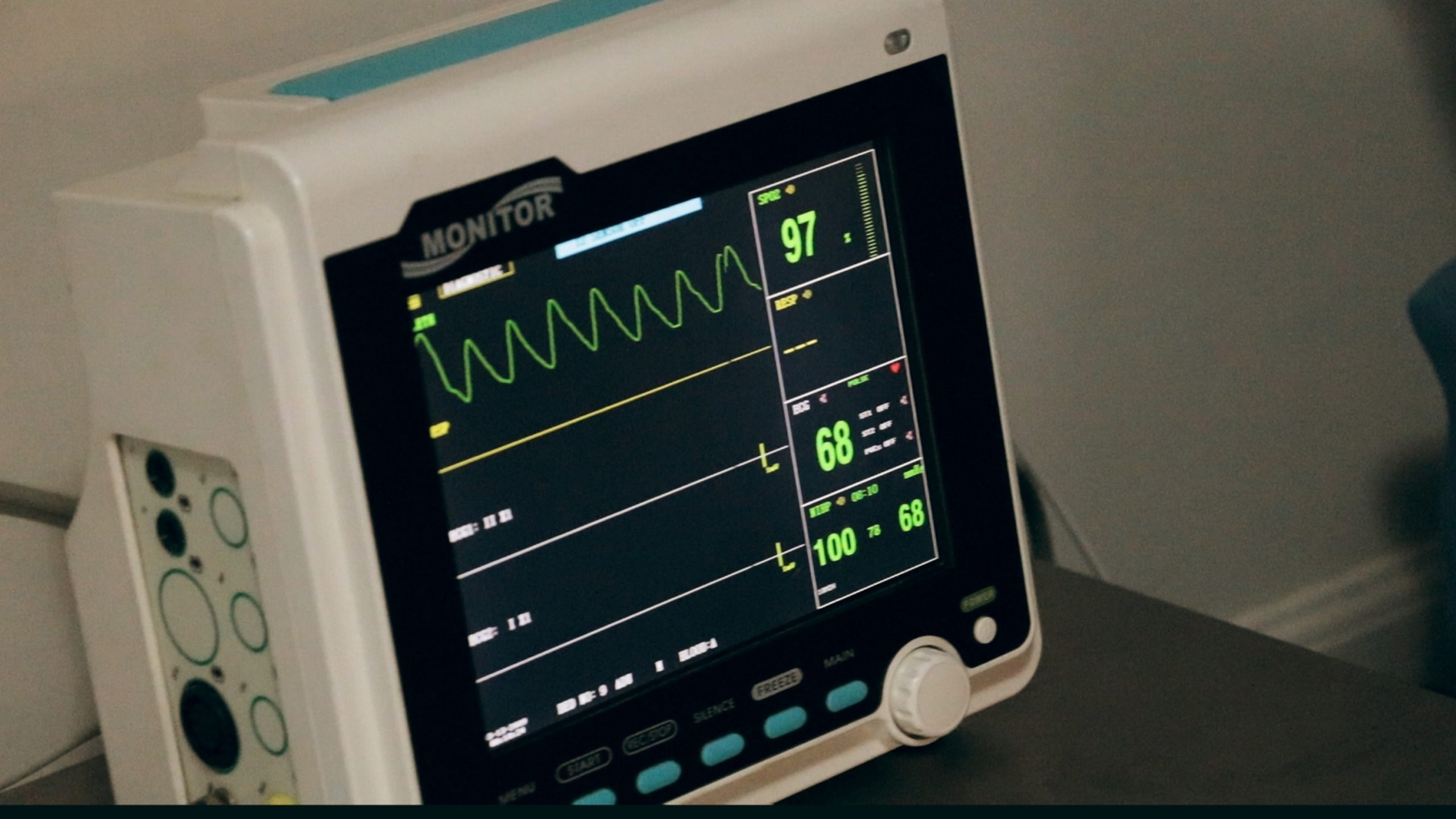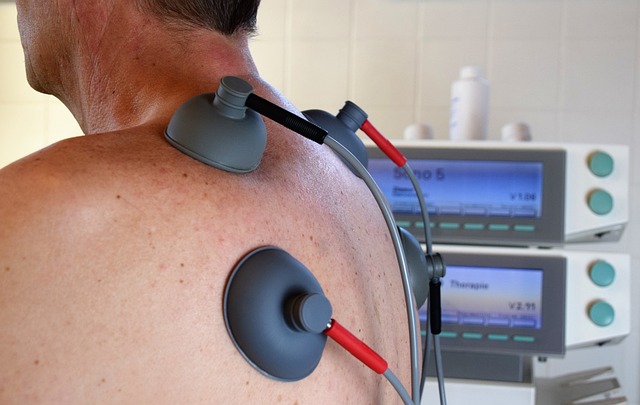If a health organization doesn’t understand how to sift through the data it collects, even a massive trove of information will effectively become useless.
The healthcare industry is a font of information. This is by necessity; patient care needs, record-keeping mandates, and compliance requirements alike demand the almost-perpetual generation of data. Care organizations accumulate mountains of information from patient data, administrative records, physician’s notes, medical imaging, and electronic patient records. Even the data from vital-monitoring sensors funnels into a care organization’s information collection.
As you might expect, this continuous accumulation adds up. Today, industry data sets are so large and unwieldy that they are all but impossible to organize with conventional software or data management methods. According to one study published in Springer’s Health Information Science and Systems, the United States Healthcare System produced 150 exabytes of data in 2011 alone. “At this rate of growth,” the study’s researchers write, “big data for U.S. healthcare will soon reach the zettabyte (1021 gigabytes) scale and, not long after, the yottabyte (1024 gigabytes).”
The sheer volume of this data is overwhelming, yes — but if healthcare organizations can parse it, they can achieve incredible gains. When implemented well, big data analytics can improve patient care, optimize health outcomes, and lower care costs across the board.
Providers who distill insights from collected data can, among other gains, spotlight clinically- and cost-effective treatments, use broad-scale disease profiling to identify and facilitate early intervention for at-risk patients before they experience adverse health events, as well as create fraud-detection systems that can more accurately verify the accuracy of incoming claims data. With real-time reporting, provider organizations can even assess patient admittance records to understand patient intake patterns and gauge staff performance in real time. All of these benefits allow for greater organizational efficiency and improved care.
Some big data proponents frame the rise of big data analytics as a way for healthcare organizations to improve their performance through internal optimization, rather than expensive expansion.
As Sanjeev Agrawal, the President of Healthcare at the healthcare predictive analytics company, wrote in a 2017 article for the Harvard Business Review, “Health care providers can’t keep spending their way out of trouble by investing in more and more infrastructure; instead, they must optimize their use of the assets currently in place […] Ultimately, they need to create an operational “air traffic control” for their hospitals — a centralized command-and-control capability that is predictive, learns continually, and uses optimization algorithms and artificial intelligence to deliver prescriptive recommendations throughout the system.”
However, optimistic perspectives like Agrawal’s hinge on the assumption that organizations will have — or invest in — the knowledge, talent, and infrastructure necessary to successfully deploy an analytics strategy. Unfortunately, many do not.
Earlier this year, a research effort by Black Book reported that “healthcare providers are failing to integrate digital data platforms into their IT infrastructure, and analytics into their clinical and operational workflows.”
The situation that the researchers present is grim. A full 80 percent of respondents described their organizations’ use of advanced analytics as “negligible,” while 84 percent of surveyed C-suite executives and board members reported using analytics to a “limited or minimal extent,” and often only to the extent of “justifying” their investment in the technology. This lack of utilization is surprising, given both the evident opportunities that data analytics and the fact that many healthcare leaders believe in the value of the technology. Researchers noted that 93 percent of surveyed respondents felt that data analytics would be a “crucial to helping meet future healthcare demands.”
Why, then, is data analytics such an underused resource? The issue appears to root in a lack of training. Nearly half of the providers surveyed in the Black Book study reported that their staff’s proficiency with information technology was either “extremely poor” or “nonexistent.” Seventy-one percent of executives claimed that they did not have the time to learn how to use analytics systems. Implementation efforts often lack financial support, and few offer training. Given this, is it any wonder that healthcare organizations aren’t using their data analytics tools to their fullest potential?
Care organizations need to return to the fundamentals. Health care leaders must rethink their implementation plans and seek third-party support before they encourage their staff to use data analytics. Providers must be trained in how to use analytics, why big data matters, and what role they are expected to play in the implementation process. Once they understand the value that big data holds, they will be able to use it to its fullest potential. That said, even the best implementation strategy will demand some tweaking and long-term support; healthcare leaders will need to commit to the process if they want to see results. Healthcare organizations already have veritable mountains of data — why not make the most of it?







